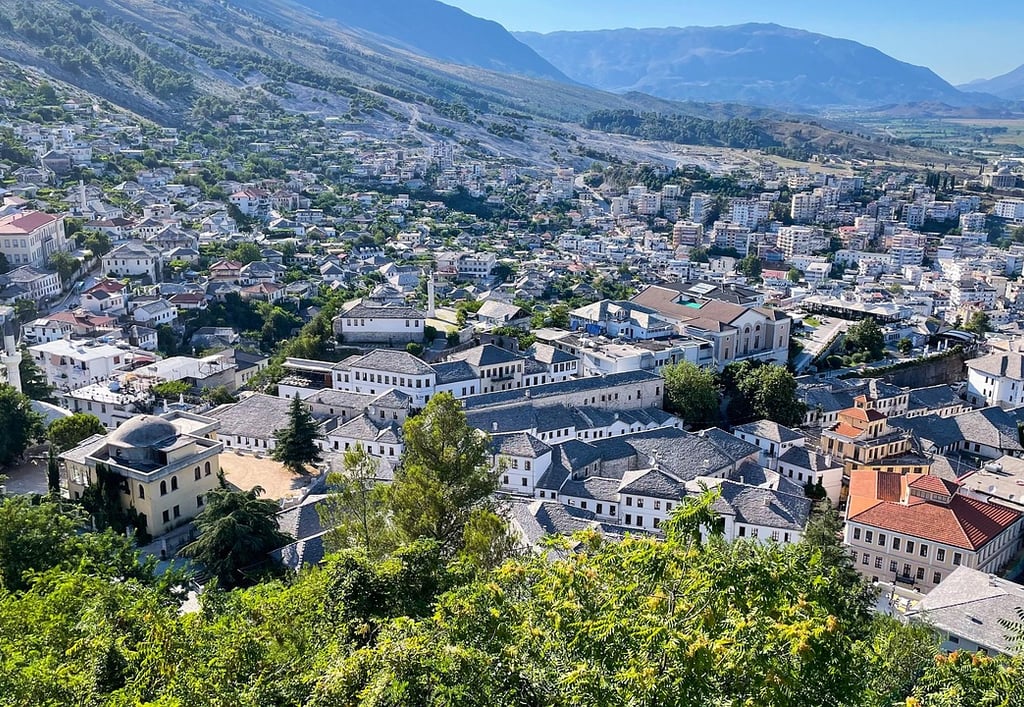Key Facts about Gjirokastër, Albania
Nicknamed the “City of Stone”, Gjirokastër is a UNESCO World Heritage Site that charms visitors with its slate-roofed houses, cobblestone alleys, and Ottoman-era architecture. Overlooked by a majestic fortress, the city is steeped in history, tradition, and Balkan flavors—making it one of Albania’s most enchanting destinations.
8/28/20251 min read


Location
Southern Albania, nestled in the Drino Valley, near the Greek border.
Known for
Its well-preserved Ottoman architecture, Gjirokastër Castle, and vibrant bazaar.
Best Time to Visit
May–June and September–October, when the weather is warm but not too hot, perfect for exploring the old town and surrounding landscapes.
Local Language
Albanian. English and Greek are spoken in some tourist areas.
Currency
Albanian Lek (ALL).
Getting There
Closest airport: Tirana International Airport (4h by car).
By car: Accessible via SH4 highway from Tirana or Saranda.
Buses run from major cities like Tirana, Saranda, and Vlora.
Top Attractions
Gjirokastër Castle – One of the largest in the Balkans, with sweeping valley views.
Ethnographic Museum – Housed in the birthplace of dictator Enver Hoxha, showcasing traditional life.
Old Bazaar – Lively streets filled with shops, handicrafts, and cafés.
Zekate House – An impressive Ottoman-era tower house.
Cold War Tunnel – A hidden underground military bunker built during the communist era.
Local Specialties
Qifqi – Rice balls with herbs, unique to Gjirokastër.
Byrek – Savory filo pastries with cheese, spinach, or meat.
Baklava – Sweet layered pastry with nuts and syrup.
Local raki – A strong traditional spirit.
Notable Events
National Folklore Festival (every 5 years, held in Gjirokastër Castle) – Albania’s biggest cultural event with music, dance, and costumes.
Gjirokastër Jazz Festival – Blending traditional and modern sounds.
Summer Street Fairs – Showcasing crafts, food, and local culture.
Contact us
Copyright © 2025. Ralnoscape All rights reserved.
Destinations
Resources


Follow us
This website uses affiliate links which may earn a commission at no additional cost to you
